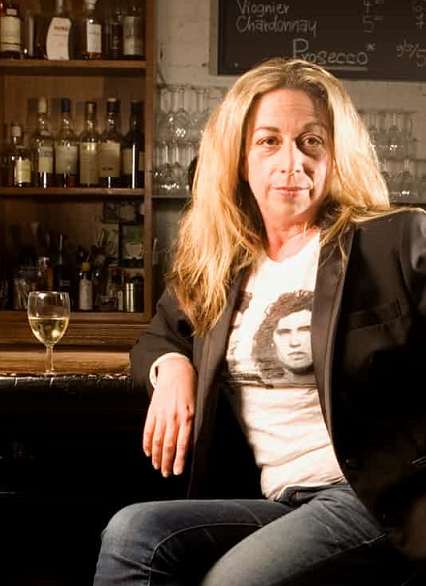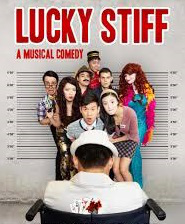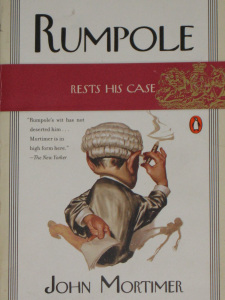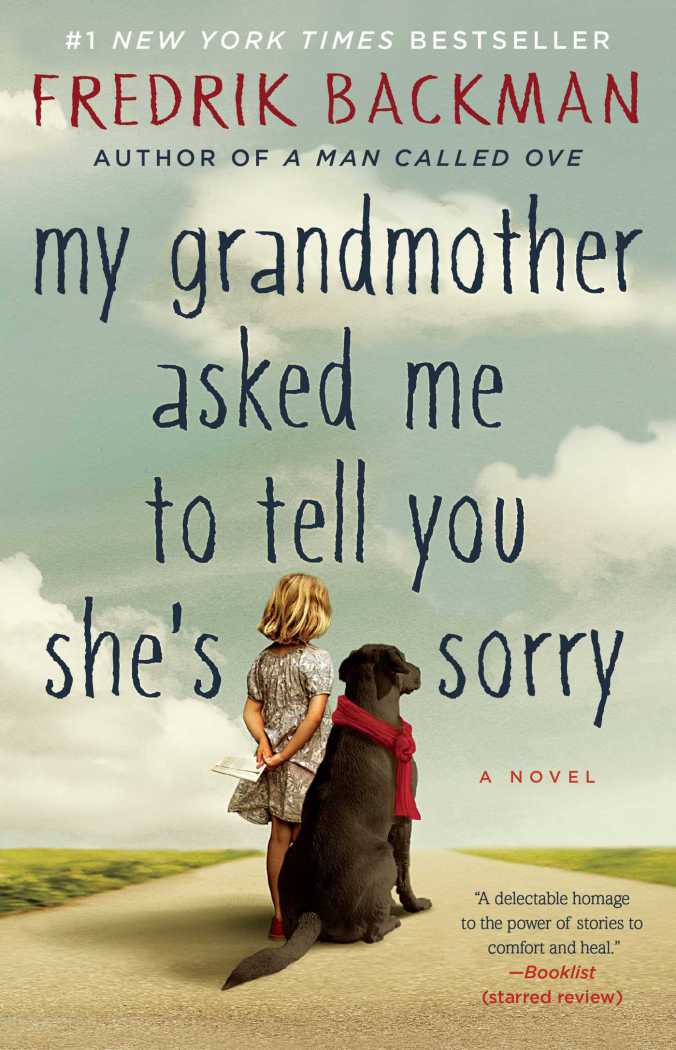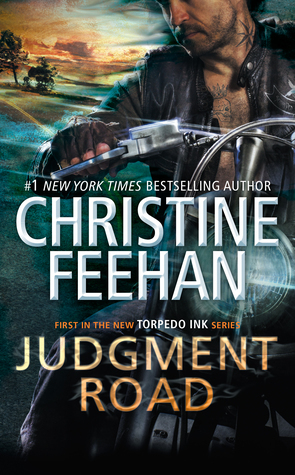
Read 09/07/2017-14/07/2017
Rating: 4 stars
Read for The Reader’s Room Road Trip Challenge.
When I read in the introduction that Michael McDowell had worked on the scripts for Beetlejuice and The Nightmare Before Christmas, I knew I was in for a good read with The Elementals. I wasn’t disappointed.
Set in the early 1980s, the novel begins with the funeral of an Alabama matriarch, Marian Savage. The Savages are descended from one of the original French families to settle in Alabama, the Sauvages, and have a long connection to a secluded town on the Gulf coast, called Beldame. It’s a place so remote that only the family can bear to visit.
It’s also a place where strange things happen, strange things linked to a Savage family secret.
One of the Savage patriarchs built three identical houses at Beldame in the late 19th century. Over time, two of the houses were sold. One was bought by the McCray family, who quickly became friends with Marian Savage and her husband. The other was bought by people who only visited once.
The story follows Marian’s son, Dauphin, his wife Leigh, Leigh’s mother Big Barbara McCray, Leigh’s brother Luker McCray and his daughter India as they spend the summer at Beldame, accompanied by the Savages’ old family servant, Odessa. They are there ostensibly to come to terms with Marian’s death, but there is another reason for their lengthy stay – Big Barbara’s alcoholism. All of the characters are well defined, distinct personalities, and I found most of them engaging. Big Barbara is a Sue Ellen Ewing of a character, all boredom wrapped in a breathless sense of female duty. Dauphin is anxious to please, the result of not being the favourite child. His older brother disappeared in mysterious circumstances, and his older sister took herself off to a convent. His mother made it clear that Dauphin was only ever third best, tolerated for reasons of succession. Luker is a photographer with a casual approach to life, including calling his parents by their first names and treating his twelve year old daughter as an adult, including allowing her freedom to experience drink and drugs. India is a New York girl, and finds the isolation of Beldame intriguing and enervating by equal measure.
… India McCray stood at her window and stared at the third house. In the black hour before dawn when the prickled stars were cloud-obscured, and Stuff Elmo’s Lagoon provided only a scanty spectral glow, she could see almost nothing of the building that so intrigued her. With a little shudder, she realised that she had never been in a place so dark as this. All her life she had lived in the city, where night was characterized not by blackness but only by a relative diminution of light. There were streetlamps and neon signs and uncurtained windows, car headlamps and a haze of red reflected light that covered New York from sundown until dawn. At Beldame, in the night, light was extinguished, and India was as if stricken blind.
At the end of her first week there, India understood how Luker and Dauphin and Odessa could contemplate returning to the place, when they were evidently very much afraid of the third house and whatever inhabited it. Days at Beldame were so exquisitely dull and stuffy, so brightly illumined and so hot to the touch, that the quivers and fretwork of emotion were quite burned away.
The third house, by now owned again by the Savages, is dilapidated and is beginning to be swallowed up by a sand dune developing at the edge of the coast. Dauphin, Luker and Leigh have been afraid of the house since childhood, but India is determined not to be infected by their terror. India is twelve, which is probably the perfect age for someone to front up to supernatural activity. It’s also the perfect age for supernatural activity to try to take control of a person.
McDowell writes well. Everything is so normal and yet so weird. He captures the strangeness of family relationships perfectly, the way people hate as much as love each other, and the way adult children fall back into childhood behaviours when reunited with their parents at the same time as needing to parent their aging mothers or fathers.
The supernatural aspects of the story are creepingly ominous. McDowell presents them as a shift in reality, a twisting of the dimension in which the McCrays and the Savages are present. There’s always a sense that the things that are witnessed are hallucinations, but the underlying dread within the family suggests otherwise. The extra presence in the third house begins to make sense of why family relationships are as they are.
The only thing that jarred with me was McDowell’s attitude towards Odessa, the main African American character. She is never just Odessa. She is more frequently, and unnecessarily, “the black woman”. Her hand is never just her hand, it is a black hand. McDowell has a compulsion to remind the reader that Odessa isn’t white, that she occupies a particular position in the family. When he develops India’s relationship with Odessa, it moves from India being awkwardly antagonistic because she is uncomfortable with this arcane inequality, presented as India needing someone to hate and it might as well be Odessa, to India being patronising of the woman and her situation.
Toward noon, Odessa arrived at last in India’s bedroom. The girl looked up and nodded to Odessa; she had come to understand that Odessa’s making the beds in the morning was no chore, but a thing in which she took pride. It was indicative of their altered relationship that India now allowed the black woman, without demur, to wait on her. It showed, India considered perversely, the black woman’s superiority: anyone who could perform menial tasks in a menial’s capacity without loss of dignity was someone to be admired and wondered at.
Or perhaps they’re someone who comes from a long line of people who have been abused and made use of by the white rich, not afforded the same educational opportunities, and still regarded as somehow less significant than their former white owners, and who doesn’t have much choice in the matter of performing menial tasks. But sure, tell yourself it’s a matter of pride, and something to be admired while you sit indolently embroidering a shirt. Ugh. It’s as though McDowell’s head is in 1931, not 1981. But then, 1981 probably wasn’t that different to 1931 to a lot of African Americans, in terms of white attitudes towards them.
India’s need to hate caught my attention, and made me think about the story in terms of anxiety and control. Most of the characters have some form of anxiety, which they seek to control through different measures. Dauphin tries to please everyone in an attempt to assuage the anxiety of not being good enough. Big Barbara drinks in an attempt to distract herself from the suffocation of her marriage. Luker takes drugs and lives an unfettered life to deal with the anxiety of not wanting to continue the patterns of his family line. India chooses one person at a time to hate so that she can control her anxiety about not being allowed to be a child. Control comes in the form of the monstrous, from Marian Savage and Lawton McCray, Big Barbara’s bullying husband, to the entity that inhabits Beldame and wants it for itself. Unexpectedly, these anxiety/control relationships made me think about my own issues with anxiety and control, which isn’t something I would have thought would have come out of reading a horror story.
While I was reading the novel, an article appeared in The New Statesman about an Edwardian ghost story that had been part of Book at Bedtime on BBC Radio 4. This article talked about how horror stories are better when they’re set in the heat of summer, and when they’re read in the heat of summer. That struck a chord, because I tend to think of spooky tales as being a winter, chilling thing, but The Elementals is set in the extreme heat of summer and is all the more claustrophobic and hallucinatory for it. McDowell’s description of the enervating heat of summer in Beldame builds a sense of oppression.
… that last week of June was the hottest that anyone could remember … No one wanted to eat for all food tasted spoiled. No one wanted to read or work puzzles or even talk. They crept into shaded corners in the interior rooms, and strung hammocks inside for maximal circulation of air around their bodies. And as much as they could, they slept through the daylight hours. Sleep at night was impossible, and they turned, sweating, on top of the sheets.
And through all this … they forgot about the third house. When nothing else distracted them … the third house was a lowering, sullen, potent presence…
I can’t think of another horror story that I’ve read that is set in such sultry heat, but when I discussed it with my husband, he reminded me of the quietly disturbing Australian films, Picnic At Hanging Rock and Walkabout. They have a similar strangeness to them that in part stems from the heat of the outback, in part from the otherness of the location.
The horror builds slowly, from family folklore at the beginning to something tangibly threatening towards the end. McDowell’s use of natural elements makes what happens more believable than a straightforward haunting by ghosts. By the end of the book, my involvement with the story through its drowsy, summer-hot meanderings was such that I felt properly queasy at the end game of the malevolent force at Beldame.
If you like spooky supernatural horror stories, The Elementals is definitely worth checking out.
Advertisements Share this: